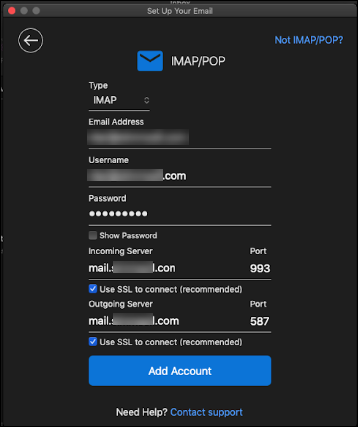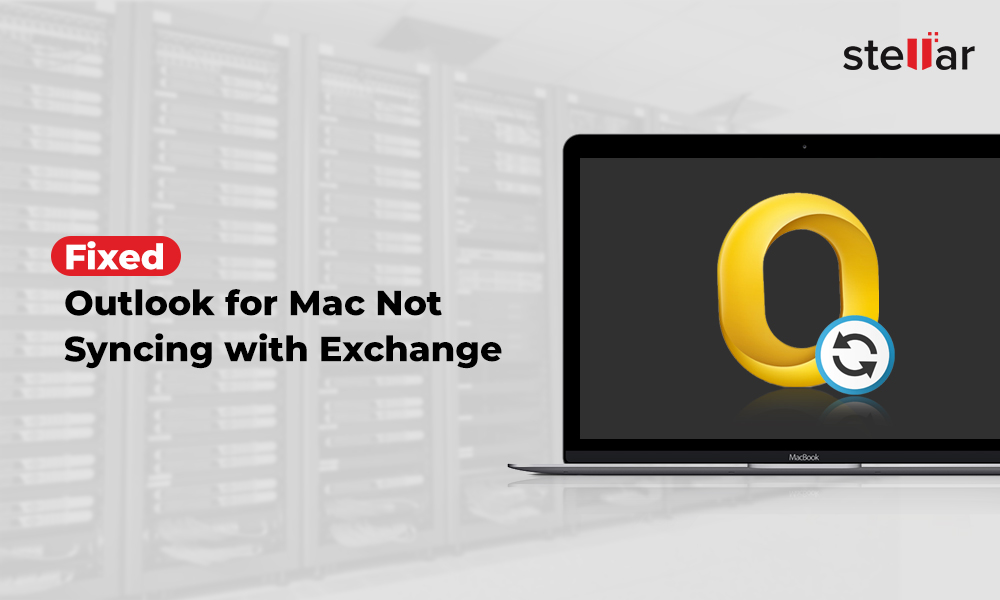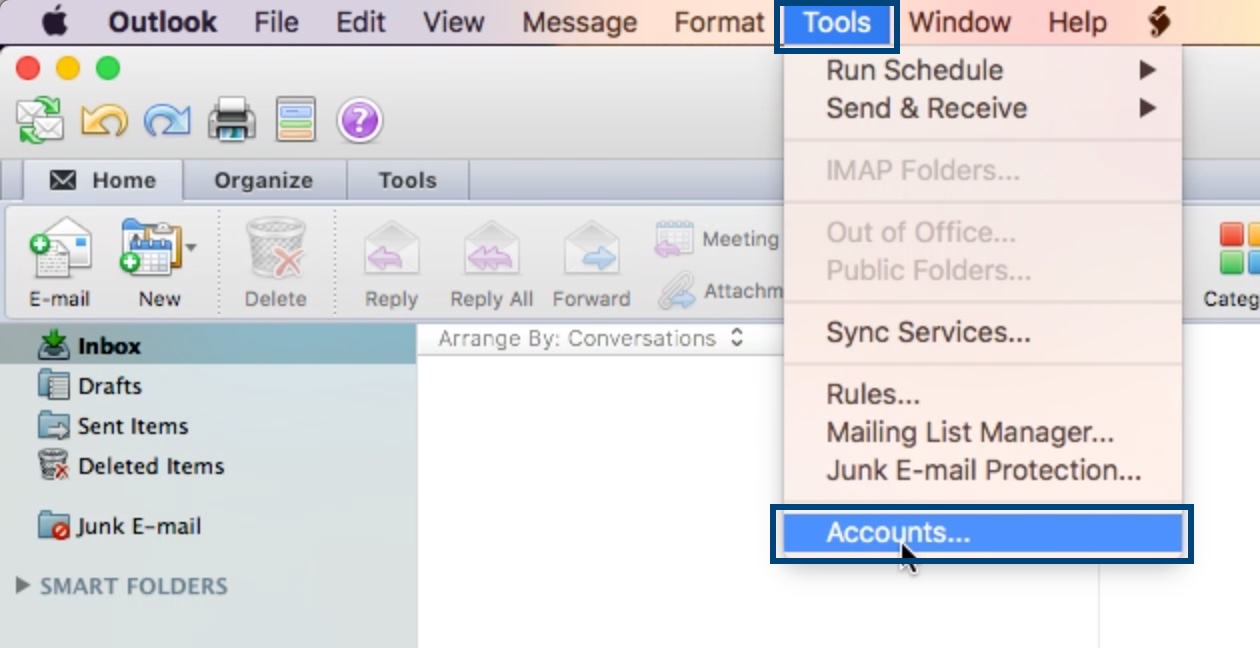
- #SETUP OUTLOOK FOR MAC EXCHANGE HOW TO#
- #SETUP OUTLOOK FOR MAC EXCHANGE FULL#
If a pop-up asks for your approval to use infomation in a keychain, click Always Allow.ģ. In the Finder, click on Applications, and then double-click on Microsoft Outlook.Ģ.
#SETUP OUTLOOK FOR MAC EXCHANGE HOW TO#
This article shows how to manually configure your Exchange account in Outlook 2016 for Mac PrerequisiteĪ Sherweb hosted Exchange 2013 or 2016 account How toġ. How to manually configure your Exchange account in Outlook 2016 for Mac Synopsis Modified on: Fri, 14 May, 2021 at 3:55 PM

The Default user is setup with the Permission Level: None.Solution home Microsoft Hosted Exchange | SharePoint | Skype for Business | Lync General How to manually configure your Exchange account in Outlook 2016 for Mac Contributor - The user can create items.
 Reviewer - The user can see folders, but not sub-folders. They can delete items that they have created. Nonediting Author - The user can create items (not folders), but cannot edit anything. The following four Permission Levels grant minimal access to your folder. Author - Similar to Editor, except the granted user cannot delete files (or appointments) that you created. Publishing Author - Similar to Publishing Editor, except the granted user cannot delete files (or appointments) that you created. The following two Permission Levels allow the granted person to edit/delete only files/appointments that they created. This option is advised for basic calendar sharing. Editor - This grants full permission, except for the ability to create new folders.
Reviewer - The user can see folders, but not sub-folders. They can delete items that they have created. Nonediting Author - The user can create items (not folders), but cannot edit anything. The following four Permission Levels grant minimal access to your folder. Author - Similar to Editor, except the granted user cannot delete files (or appointments) that you created. Publishing Author - Similar to Publishing Editor, except the granted user cannot delete files (or appointments) that you created. The following two Permission Levels allow the granted person to edit/delete only files/appointments that they created. This option is advised for basic calendar sharing. Editor - This grants full permission, except for the ability to create new folders. 
Be careful when using this option, but it can be useful if other people need to organize your folder. Publishing Editor - This also grants full permission to the selected folder, but it does not change who "owns" the folder.
#SETUP OUTLOOK FOR MAC EXCHANGE FULL#
Owner - This grants full permission to the selected folder. The following three Permission Levels allow the granted person to delete any files in the folder you give them access to. If you require non-full access users to have “send as” or “send on behalf” permissions, please submit a request to CUIT.įull permission means the user can Read, Edit, and Delete a file or folder. These steps must be followed by a full access user for each non-full access user to allow access and view of an Exchange shared mailbox and its contents (emails, subfolders and subfolder emails). This process must also be followed for each Shared Mailbox account and each subfolder within the shared mailbox account. All other users must have permissions added by the user with full access before they can view the Shared Mailbox. Only those with full access can automatically see the Shared Mailbox and its contents upon login. If a user would be designated at this level, they probably shouldn’t have access to the account. Contributer: The lowest-level permission in Exchange. 
Owner - Reviewer: Allows account access, but not administrative rights.Full Access: The highest level of administrative rights for an Exchange Shared Mailbox is full access, and an owner has fewer permissions.A full access user of an Exchange (Outlook) Shared Mailbox must change permissions for others to access mailbox folders, and non-full access users have to add the Shared Mailbox to their own Exchange (Outlook) account in order to see it upon login.








 0 kommentar(er)
0 kommentar(er)
